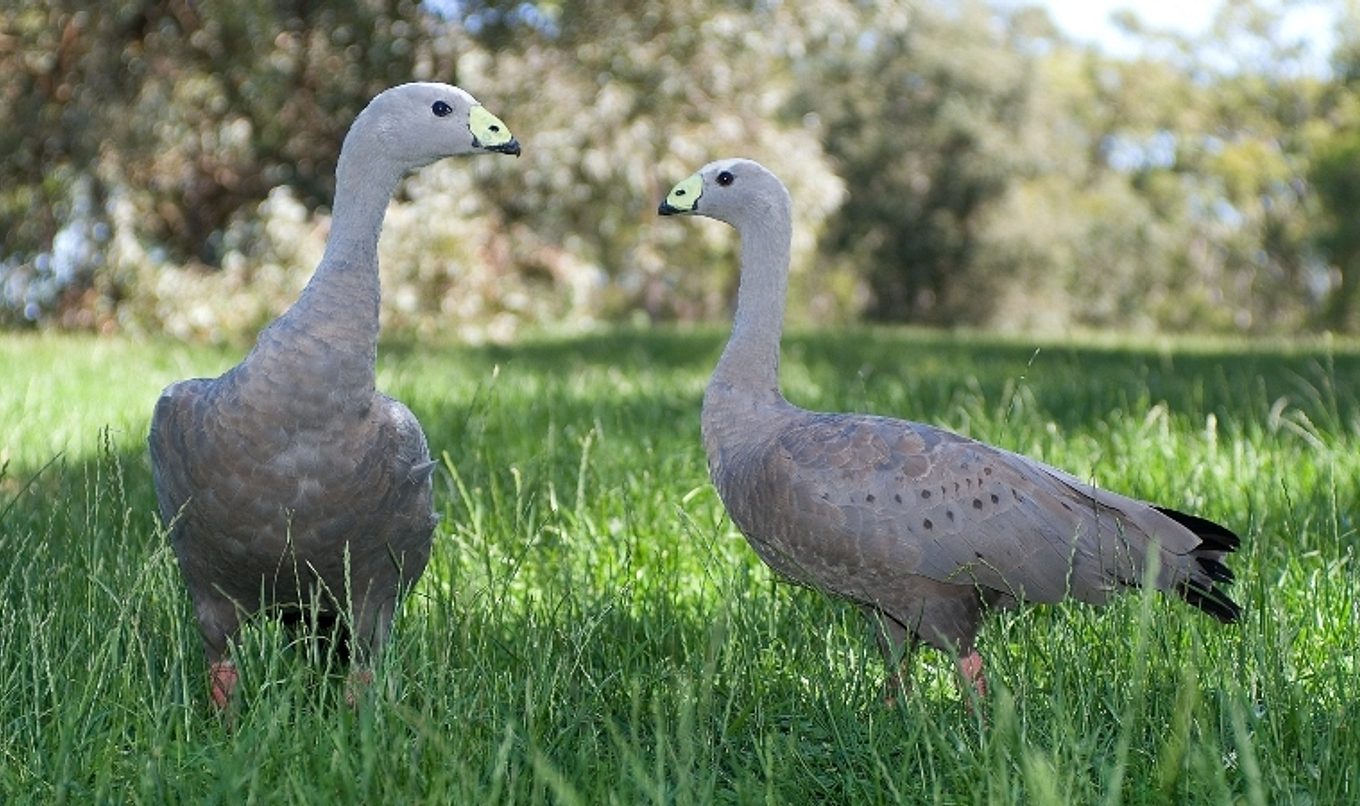Latest survey identifies decline in vulnerable goose numbers
The results of the first aerial survey of the protected Cape Barren Goose in 20 years has returned disappointing results for the rare bird.

The survey of the lower Eyre Peninsula, Lower Lakes and Kangaroo Island undertaken in February this year has given the Department for Environment and Water a clearer understanding of the size and distribution of the state population, which appears to have significantly decreased.
Principal Ecologist – Wildlife Management, with the Department for Environment and Water (DEW), Dr Karl Hillyard said after around 35 hours of survey time over the course of two weeks, the results are now in.
“Following the aerial survey, the total goose population has been estimated at 7852 birds, a decline of about 30 per cent compared to the last estimate of 11,272 birds in 2001.
“Although it does appear that South Australia’s population of Cape Barren geese has decreased over the past 20 years, it is still much higher than the estimated population of just 500 birds in the 1950s, which led to their listing as a protected species,” Dr Hillyard said.
“Changes in agricultural practices are thought to have played a significant role in the reduced numbers over the past 20 years.
“Land irrigated for grazing dairy cattle around the Lower Lakes has historically been favoured feeding grounds for geese. However, with the decline of dairying in that area, there has been a significant decrease of irrigated pasture which may account for fewer geese observed in this area than 20 years ago.
“It is also unclear how the Kangaroo Island bushfires have impacted the species overall, with numbers slightly increasing on the island.
“Seventy per cent of the Kangaroo Island goose population was counted on the east end of the island. However, small numbers of geese were still present in burnt areas on the west end at Kelly Hill Conservation Park and Rocky River in Flinders Chase National Park.”
DEW will conduct another state-wide aerial survey during February next year, and a ground survey of the breeding islands during June 2022 to closely monitor the goose population and gather more information on what may have caused the observed reduction in numbers.
“DEW pays particular attention to this species given its conservation rating and potential to impact on agriculture. Landholders impacted by geese are encouraged to call their local NPWS office for advice on management of the species and their impacts,” Dr Hillyard said.

